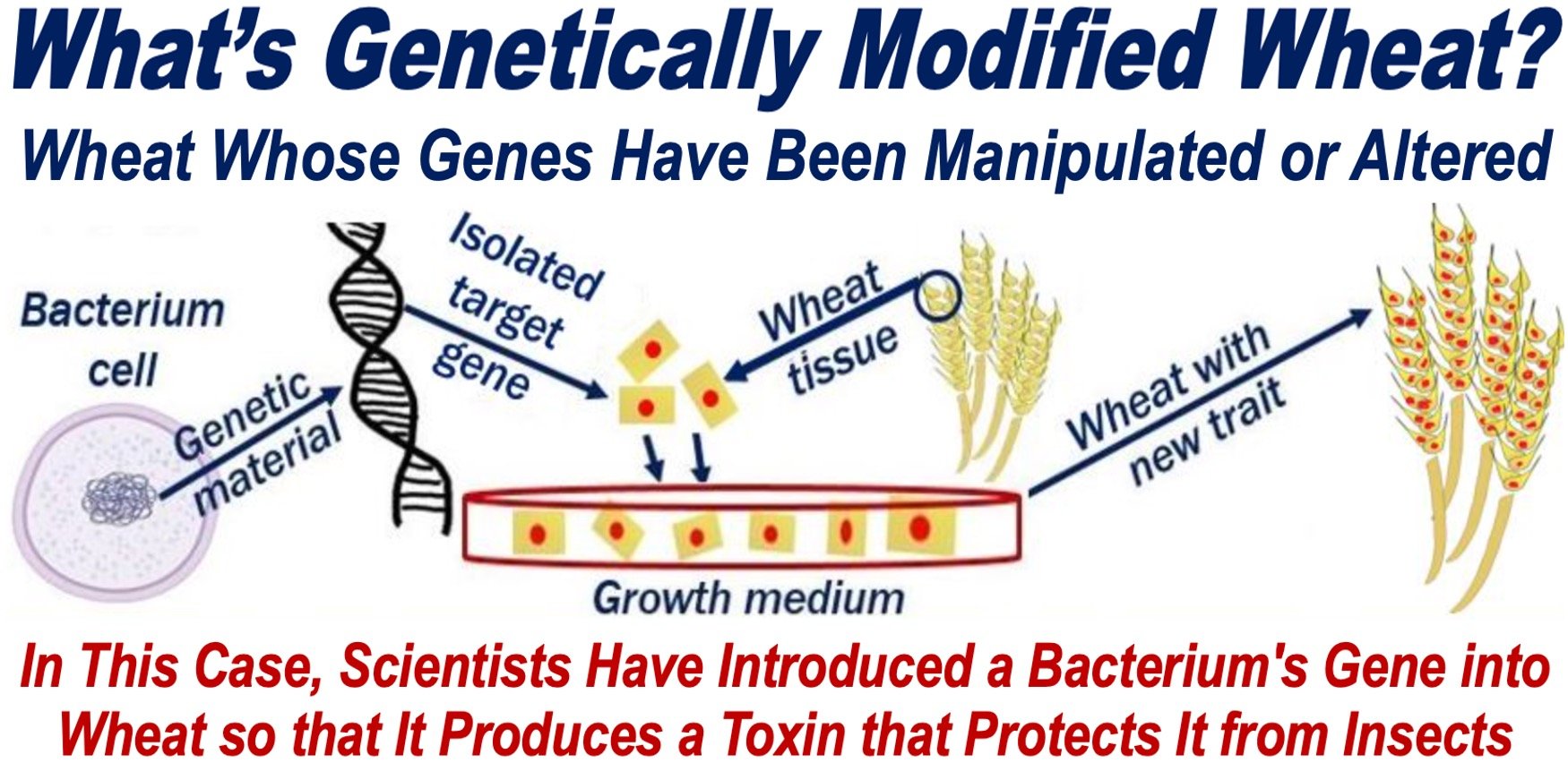Genetically modified (GM) crops have been widely adopted in major agricultural regions, yet the full scope of their environmental impact remains unclear.
While GM crops have demonstrated benefits in increasing yields and resistance to pests or herbicides, they also bring about changes in agricultural practices that can have both positive and negative effects on the environment.
A new study, published in the peer-reviewed academic journal Science (citation below), took a look at common genetic modifications in four crops: canola, cotton, soybean, and corn.
Environmental Changes and Impacts
The introduction of GM crops often leads to shifts in pesticide usage, tillage methods, and crop rotation. For example, crops engineered for herbicide resistance may encourage farmers to use more herbicides.
Although this can help manage weeds effectively, it may also lead to herbicide-resistant pests and require the use of more potent chemicals, potentially affecting biodiversity and water quality.
On the other hand, insect-resistant GM crops have been associated with a reduction in the toxicity of pesticides applied, which could lower environmental and human health risks.

The higher yields provided by GM crops can reduce the need for converting more land into agricultural use.
However, the economic gains from these crops might incentivize agricultural expansion in some regions, which could lead to increased deforestation and land use change, particularly in areas where natural habitats are still abundant.
These opposing effects highlight the complex interplay between GM crop adoption and environmental outcomes.
Genetically Modified Crops – Effects on Biodiversity and Deforestation
The environmental effects of GM crops on biodiversity have been mixed. Studies show that while GM crops can have minimal impact on bird populations overall, specific species may benefit or suffer based on their food sources.
-
Bird Populations
For instance, insect-eating birds might thrive due to fewer insecticide applications, but seed-eating species could face challenges due to altered plant compositions in fields.
-
Deforestation
Deforestation is another area of concern. Some research indicates that GM crop adoption may contribute to local deforestation, contradicting earlier findings that suggested GM crops could help conserve land on a global scale by improving yields and reducing the need for agricultural expansion.
Co-author Eduardo Souza-Rodrigues, an associate professor and associate chair with the Department of Economics at University of Toronto Mississauga, explains:
“Increasing land productivity in the form of greater crop yields can make agricultural land more profitable overall, which can encourage agricultural expansion. However, increased supply may then reduce crop prices, which decreases the conversion of additional land to agriculture elsewhere.”
“These changes have the potential to cause deforestation, pollution, greenhouse gas emissions and impacts to human health, and biodiversity.”
Long-Term Consequences and Future Outlook
The long-term effects of GM crops remain uncertain, particularly concerning the emergence of resistant pests and the potential for reduced effectiveness of certain genetic modifications over time.
There is also a call for more extensive research to understand the broader environmental implications, especially regarding biodiversity and ecological spillovers.
Spillover effects refer to the unintended environmental changes in regions that have not adopted GM crops but are influenced by market shifts and ecological interactions resulting from widespread GM crop use in other areas.
Future innovations, including GM crops engineered for traits like drought resistance, could have different environmental and human health impacts compared to current varieties.
Effective regulation, better management of pest resistance, and the development of GM crops aligned with sustainability goals are essential steps for mitigating potential risks.
What Are Genetically Modified Crops?
Genetically modified crops are plants that have had their DNA altered through genetic engineering to develop specific traits, like resistance to pests or herbicides. Unlike traditional breeding, genetic modification directly inserts new genes, often from other species, to achieve desired results.
These modifications help increase yields and reduce the need for pesticides, but also raise concerns about their environmental and health effects. Some countries, such as the US and Brazil, use generically modified crops widely.
While some consumers readily accept GM foods, others remain wary due to safety concerns.
Final Thoughts
While GM crops offer promising benefits for increasing agricultural productivity, their environmental impacts are complex and varied.
Ongoing research is crucial to fully understand these effects and to guide sustainable agricultural practices that balance food production with environmental conservation.
Citation
Noack, F., Engist, D., Gantois, J., Gaur, V., Hyjazi, B. F., Larsen, A. F., Missirian, A., Qaim, M., Kremen, C., & M’Gonigle, L. K. (2024). Environmental impacts of genetically modified crops. Science, 385(6712). https://doi.org/10.1126/science.ado9340
